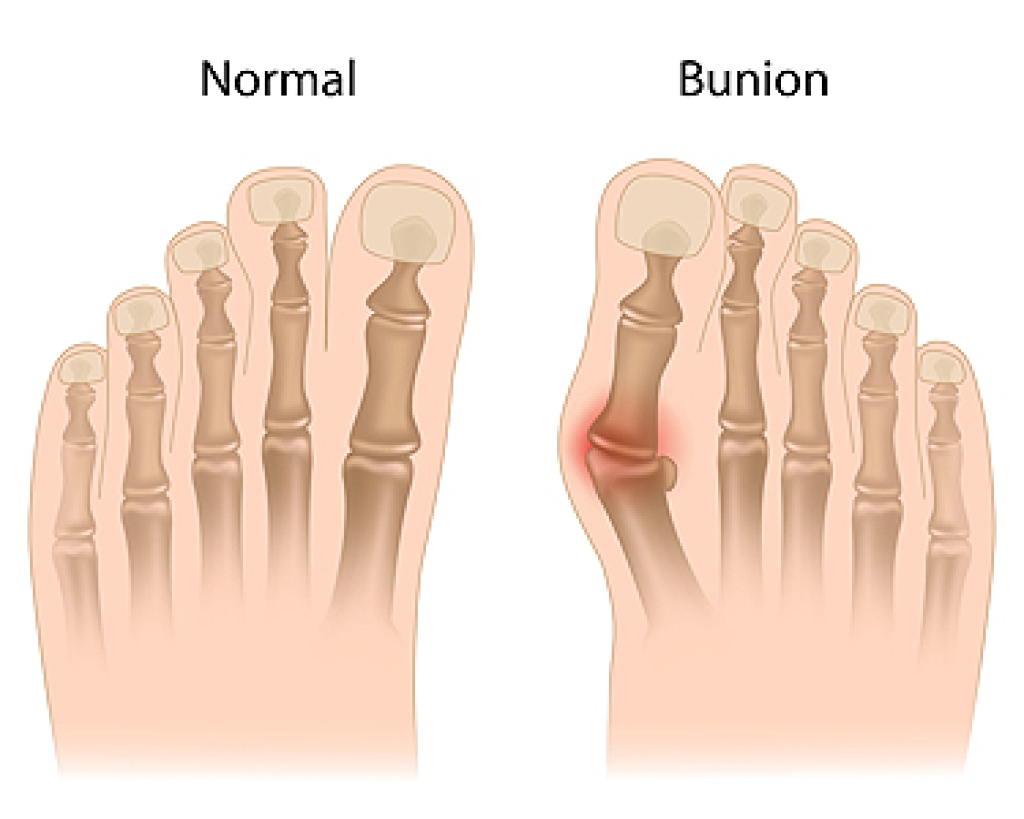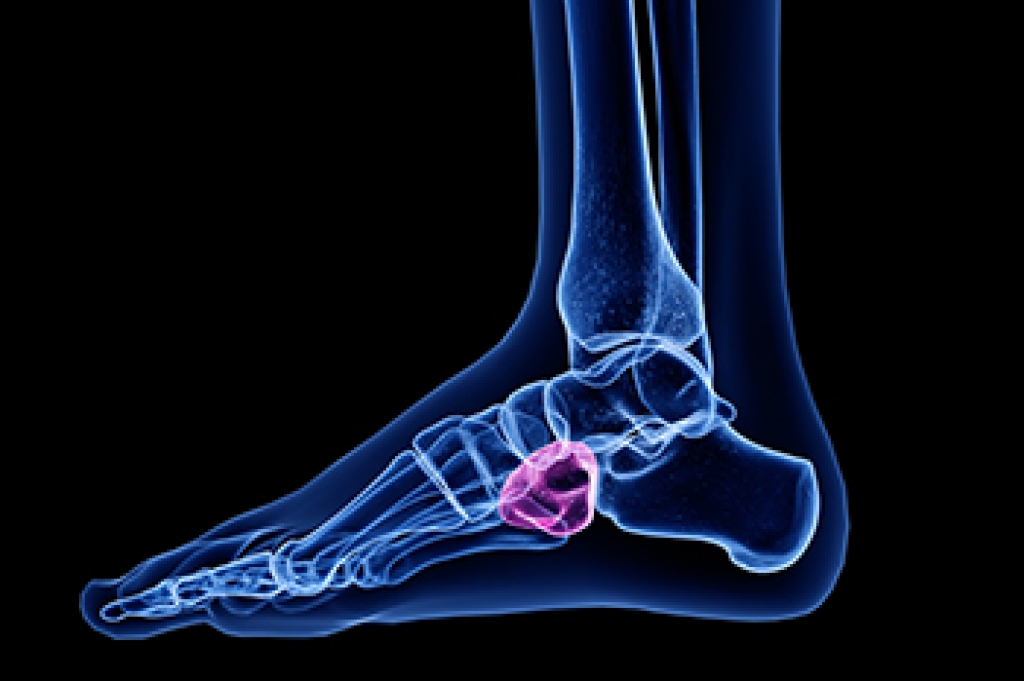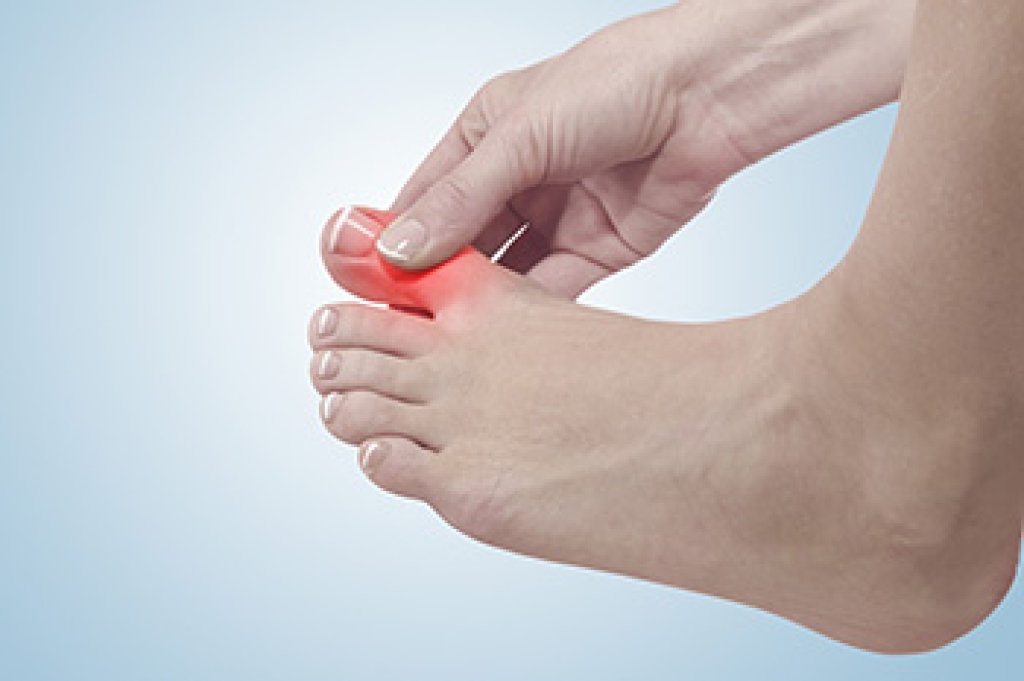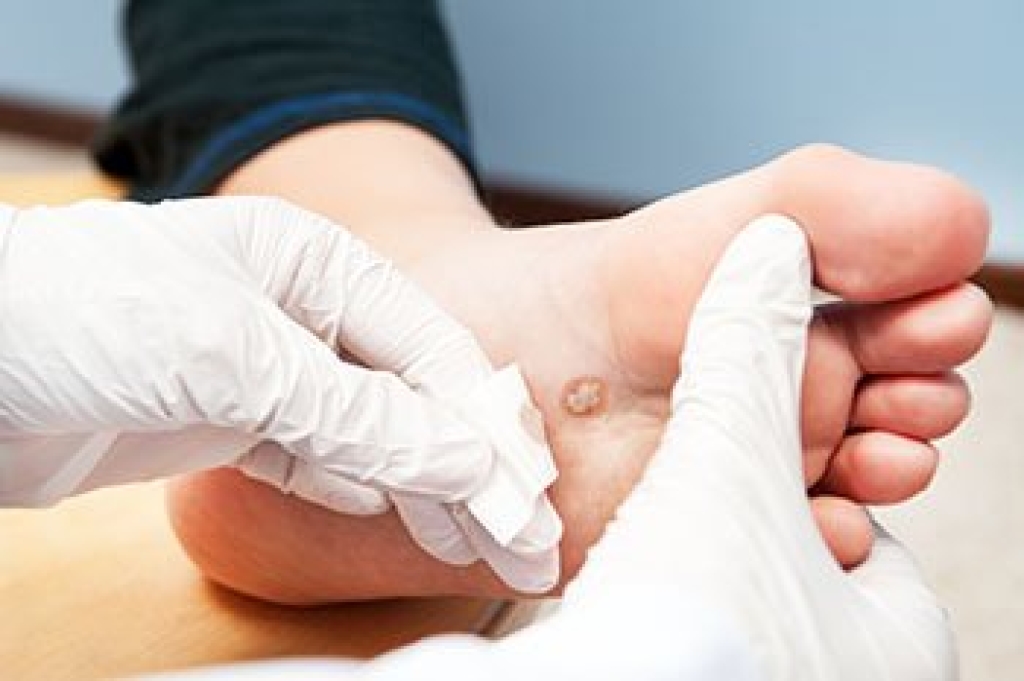
A bunion, or hallux valgus, is a condition that causes a bony bump to develop on the joint of the big toe. This occurs due to pressure on the big toe joint, causing a few bones in the top of the foot to move out of place. It can also occur due to foot shape, a medical problem such as arthritis, or another foot condition. Women and the elderly are most apt to suffer from bunions. A bunion can cause the big toe to be pulled toward the smaller toes. The skin on top of the bunion can become sore and red, causing corns or calluses to develop from the deformity as it rubs against the shoes. For mild relief, it is advised that wider shoes are worn to accommodate the bunion. If you have a bunion that is causing you pain or interfering with your daily activities, it is suggested that you consult with a podiatrist for proper treatment.
If you are suffering from bunions, contact one of our podiatrists of Mt Rose Foot & Ankle Specialists. Our doctors can provide the care you need to keep you pain-free and on your feet.
What Is a Bunion?
A bunion is formed of swollen tissue or an enlargement of boney growth, usually located at the base joint of the toe that connects to the foot. The swelling occurs due to the bones in the big toe shifting inward, which impacts the other toes of the foot. This causes the area around the base of the big toe to become inflamed and painful.
Why Do Bunions Form?
Genetics – Susceptibility to bunions are often hereditary
Stress on the feet – Poorly fitted and uncomfortable footwear that places stress on feet, such as heels, can worsen existing bunions
How Are Bunions Diagnosed?
Doctors often perform two tests – blood tests and x-rays – when trying to diagnose bunions, especially in the early stages of development. Blood tests help determine if the foot pain is being caused by something else, such as arthritis, while x-rays provide a clear picture of your bone structure to your doctor.
How Are Bunions Treated?
- Refrain from wearing heels or similar shoes that cause discomfort
- Select wider shoes that can provide more comfort and reduce pain
- Anti-inflammatory and pain management drugs
- Orthotics or foot inserts
- Surgery
If you have any questions, please feel free to contact our office located in Reno, NV . We offer the newest diagnostic and treatment technologies for all your foot care needs.




